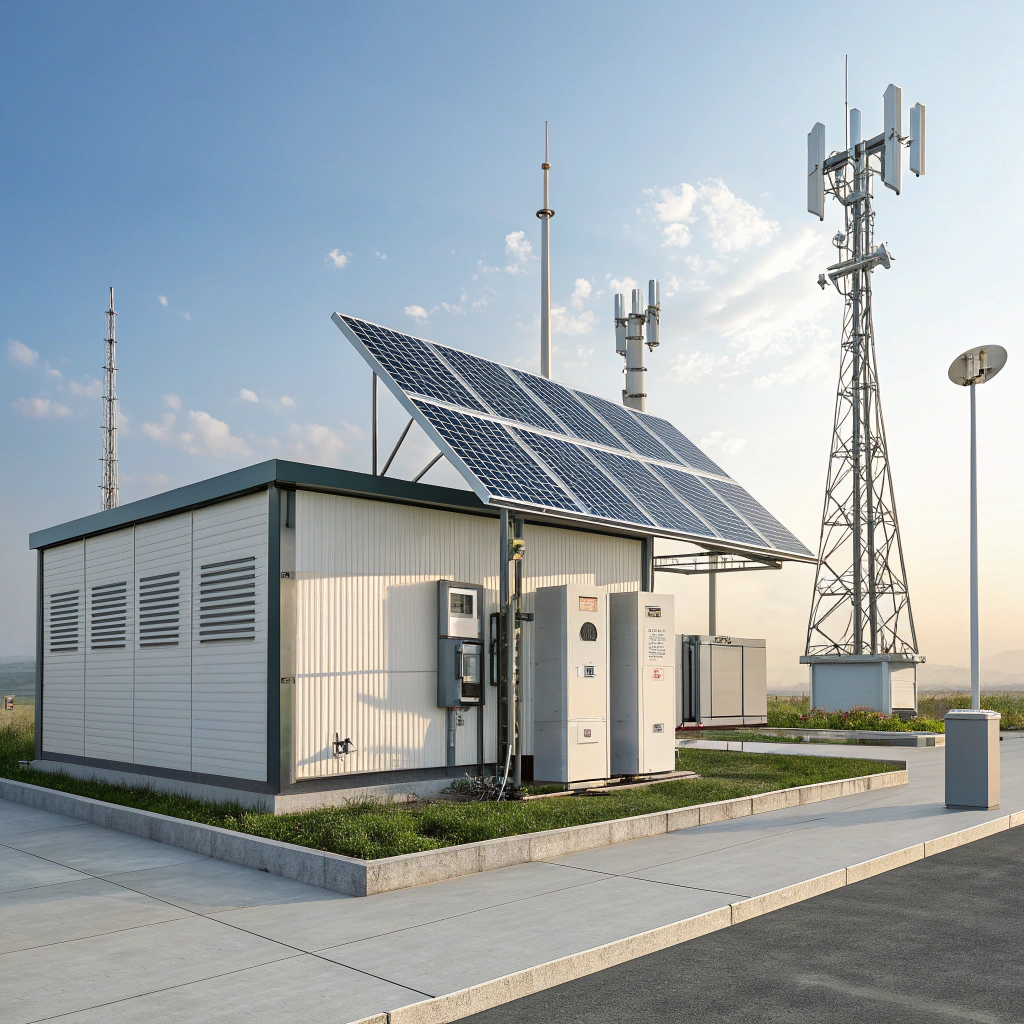Solar WiFi Base Stations: Emerging Market Opportunities for EPCs and Distributors?
•
Solar WiFi Base Stations: Emerging Market Opportunities for EPCs and Distributors?
Struggling to find profitable, sustainable infrastructure projects in emerging markets? Solar WiFi base stations[^1] offer a game-changing solution with rapid ROI and scalable deployment.
Solar-powered WiFi base stations provide low-cost connectivity solutions[^2] for off-grid areas while creating new revenue streams[^3] for EPC contractors and distributors through energy+telecom hybrid projects.
The renewable energy sector is converging with digital infrastructure in unexpected ways. As someone who's worked on rural electrification projects across three continents, I've witnessed firsthand how solar WiFi stations are solving two critical problems simultaneously: energy poverty[^4] and digital exclusion[^5]. These systems aren't just theoretical - they're already connecting remote schools in Tanzania, enabling telemedicine in the Amazon, and supporting construction crews in Alberta's oil sands.
Low-cost deployment and rapid return on investment: product advantages suitable for wholesale and distribution?
What if your next energy project could pay for itself in under 18 months while creating recurring revenue?
Solar WiFi base stations[^1] achieve payback periods of 12-24 months through combined savings on diesel/grid power and income from connectivity services, making them ideal for distributor inventory and EPC project pipelines.
Breaking Down the Financial Model
Having evaluated dozens of these systems, I've identified three key financial drivers:
-
OPEX Elimination[^6] (60-70% of savings):
- Diesel savings: $0.45-$0.70/kWh → $0.05-$0.12/kWh solar
- Grid power avoidance: Critical in areas with unreliable supply
-
Revenue Streams (often overlooked):
- Bandwidth resale to local ISPs
- Municipal service contracts
- Advertising/sponsorship opportunities
-
Hybrid Incentives:
- Renewable energy certificates (RECs)
- Universal service fund subsidies
| Cost Component | Traditional Tower | Solar Hybrid | Savings |
|---|---|---|---|
| Energy (5 yrs) | $28,500 | $9,200 | 68% |
| Maintenance | $12,000 | $4,500 | 63% |
| Revenue Potential | $0 | $18,000+ | New income |
Data based on 500W average load systems in Southeast Asia markets
The procurement sweet spot? Systems with modular 3-5kW solar arrays[^7] paired with carrier-grade WiFi 6 equipment. These units move quickly through distributor channels because they serve both telecom and energy buyers.
Application scenarios and customer demand analysis in rural areas, tourist attractions, and construction sites?
Why are completely different market segments all clamoring for the same solar WiFi solution?
Demand for solar-powered connectivity spans rural communities (education/healthcare), tourism operators (guest experience), and temporary worksites (crew communications), creating diverse sales channels for distributors.
Market-Specific Value Propositions
Having deployed systems in all these environments, I've developed tailored approaches for each:
1. Rural Connectivity (Public Sector Focus)
- Key Drivers: Universal service obligations, education/healthcare needs
- Decision Makers: Local governments, NGOs, school districts
- Special Requirements: Ultra-rugged designs, long-distance backhaul
2. Tourism Applications (Private Sector)
- Value Add: Competitive differentiation for eco-resorts
- Unique Needs: Aesthetic designs, multi-language support
- Revenue Model: Premium guest access packages
3. Industrial Temporary Sites
- Pain Points: Rapid deployment, harsh environment operation
- Buyers: Construction firms, mining operations
- Critical Features: Easy redeployment, dust/water resistance
The table below shows how requirements vary:
| Requirement | Rural | Tourism | Industrial |
|---|---|---|---|
| Deployment Speed | Medium | High | Very High |
| Aesthetics | Low | Critical | Medium |
| Bandwidth Needs | 10-50Mbps | 50-100Mbps | 20-50Mbps |
| Payback Expectation | 3-5 yrs | 1-2 yrs | <1 year |
Pro Tip: Construction site systems often lead to permanent rural installations after project completion - track your deployments for follow-on opportunities.
Combining with EPC projects: how to expand smart energy solutions through base stations?
What if every solar microgrid you built could also become a profitable connectivity hub?
Integrating WiFi capabilities into solar EPC projects creates smart energy ecosystems[^8], increasing project value by 25-40% through enhanced services and data collection capabilities.
The Smart Village Blueprint
From my work on UNDP-backed smart village projects, I've developed a phased approach:
Phase 1: Core Infrastructure
- Solar power system (5-20kW)
- Carrier-neutral WiFi access points
- Basic backhaul (microwave or cellular)
Phase 2: Value-Added Services
- IoT sensors (water, agriculture)
- Digital payment systems
- Local content servers
Phase 3: Data Monetization
- Anonymized usage analytics
- Predictive maintenance services
- API access for developers
Key integration considerations:
- Voltage Compatibility: Ensure 48VDC systems for direct solar coupling
- Remote Management: Must support SCADA integration
- Battery Synergy: Lithium systems ideal for telecom loads
The most successful implementations use open architectures that allow:
- Gradual feature activation
- Third-party service onboarding
- Flexible revenue sharing models
EPCs should partner with:
- Local ISPs for last-mile connectivity[^9]
- Hardware vendors with proven interoperability
- Municipalities for right-of-way access
Conclusion
Solar WiFi base stations[^1] represent a $2.1B emerging market opportunity where energy and digital infrastructure converge, offering EPCs and distributors high-margin, scalable projects with proven demand across multiple sectors.
[^1]: Explore the advantages of Solar WiFi base stations and how they can transform connectivity in off-grid areas.
[^2]: Learn how low-cost connectivity solutions are bridging the digital divide in underserved communities.
[^3]: Explore diverse revenue opportunities that can arise from solar energy projects.






